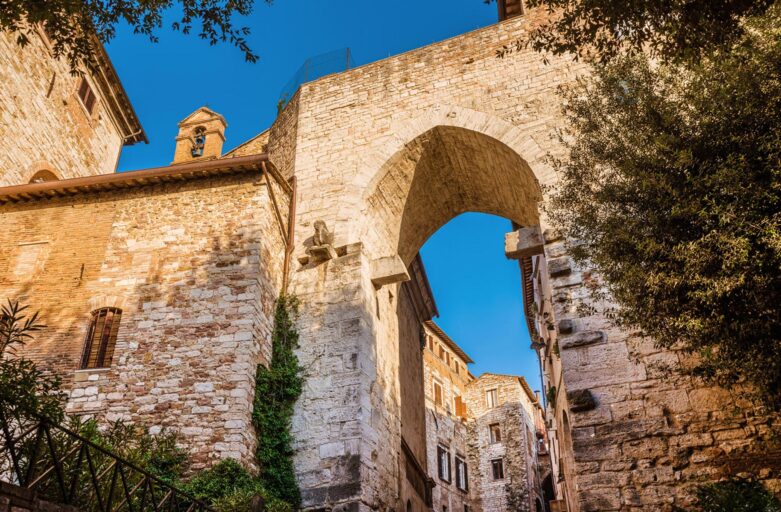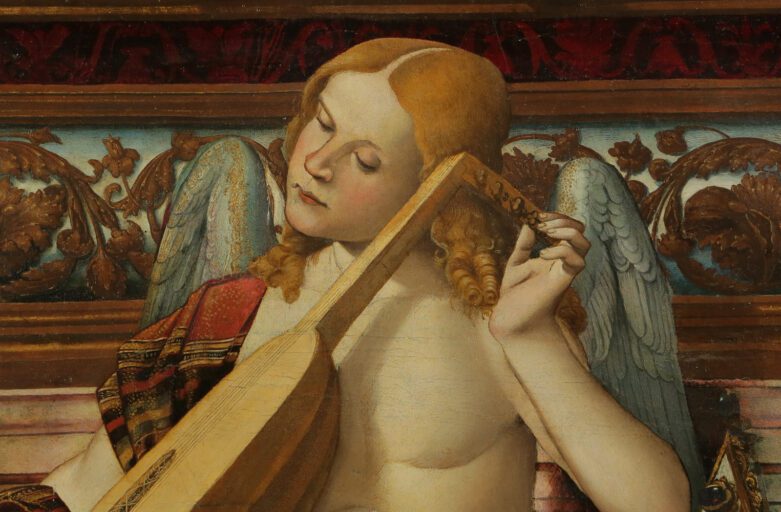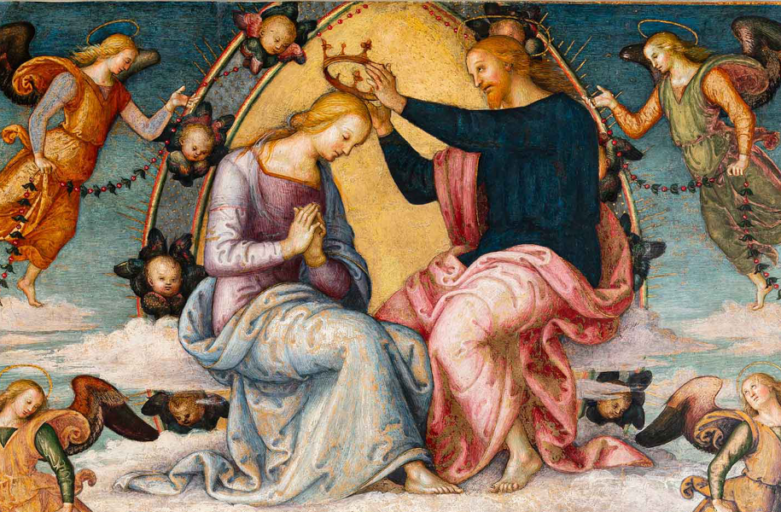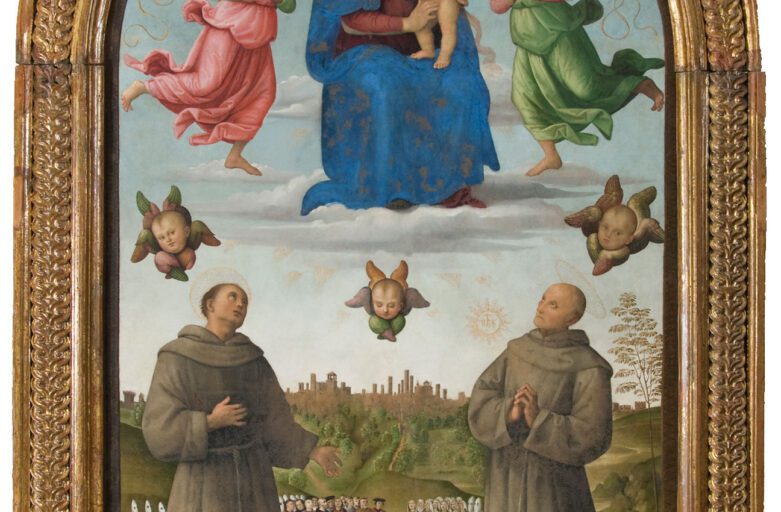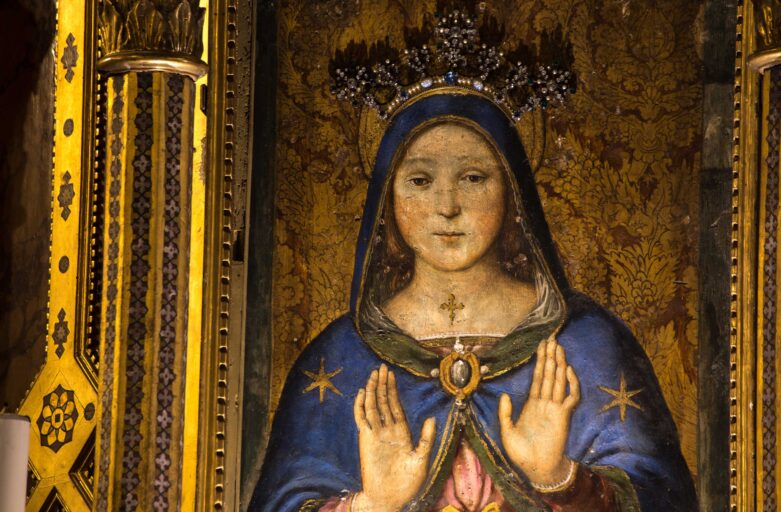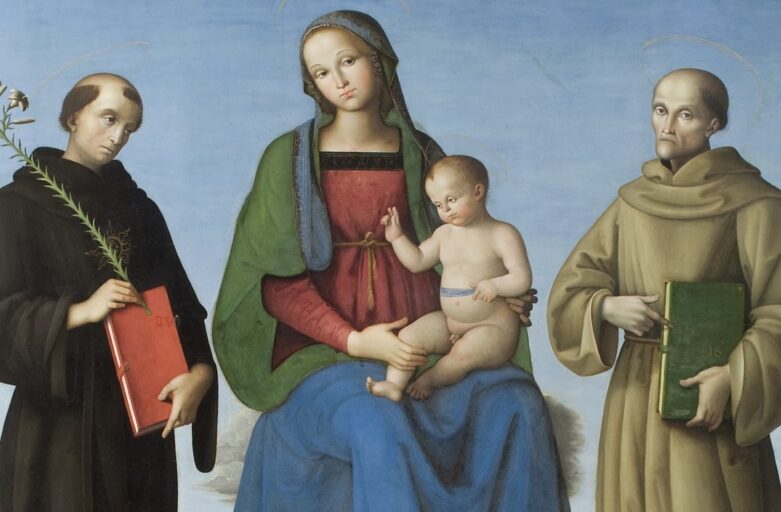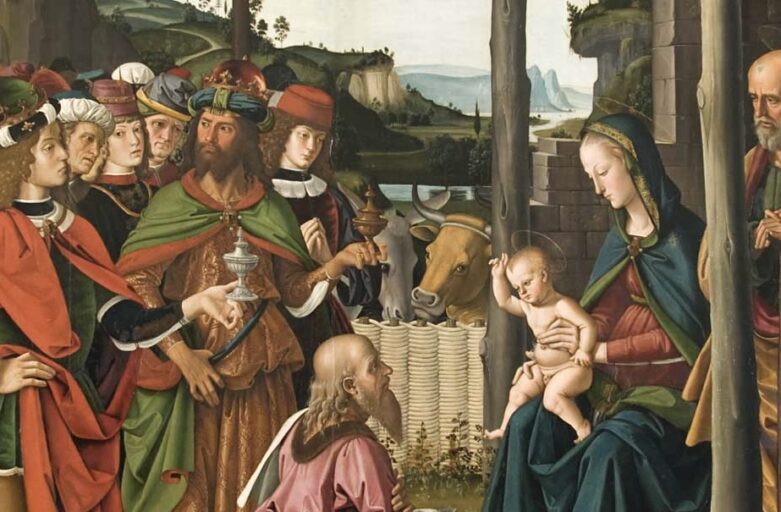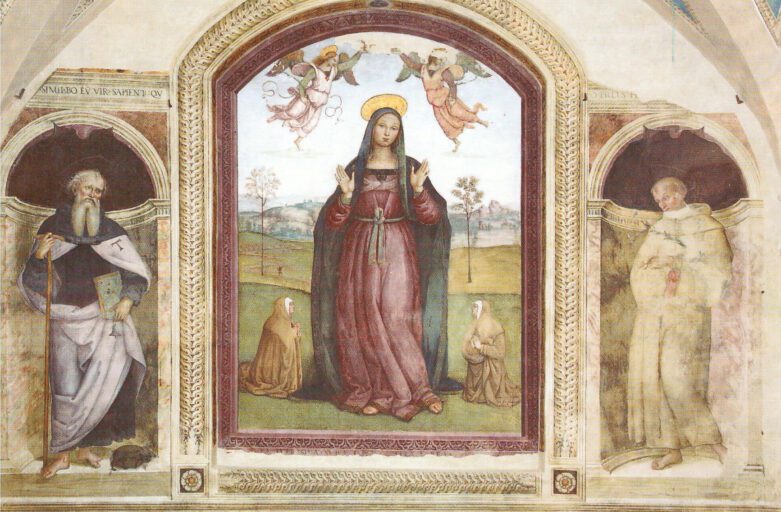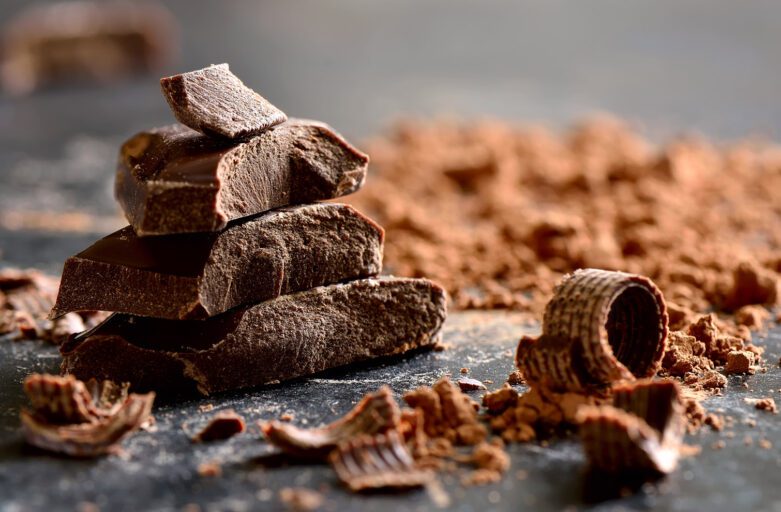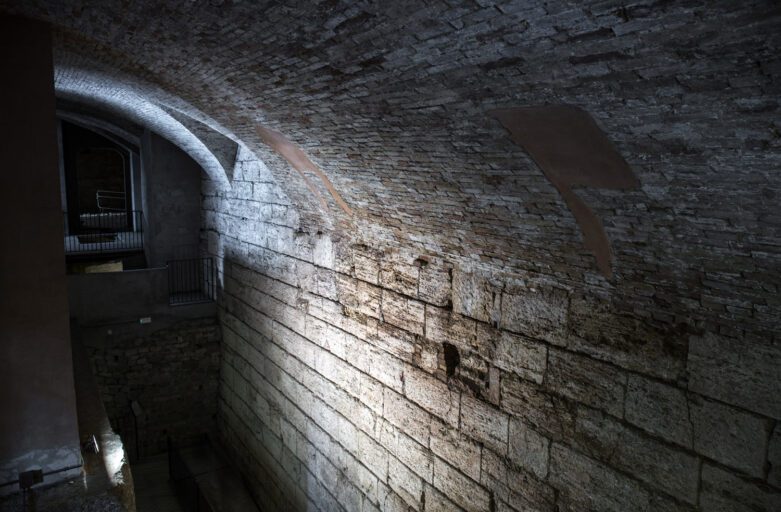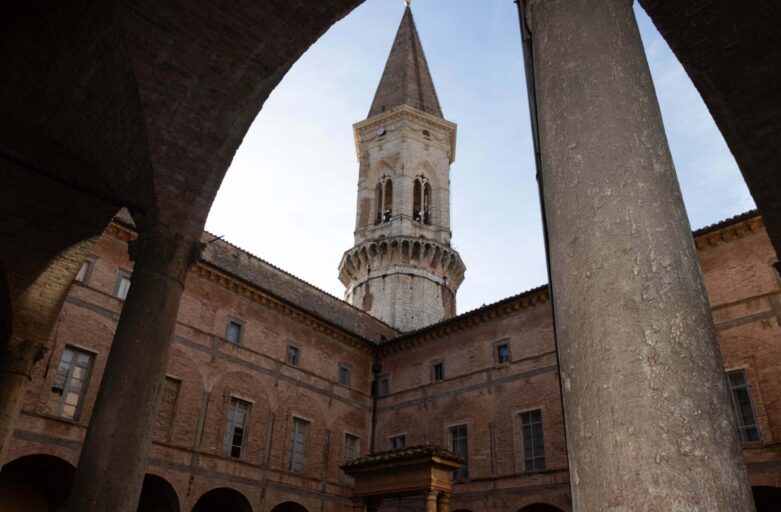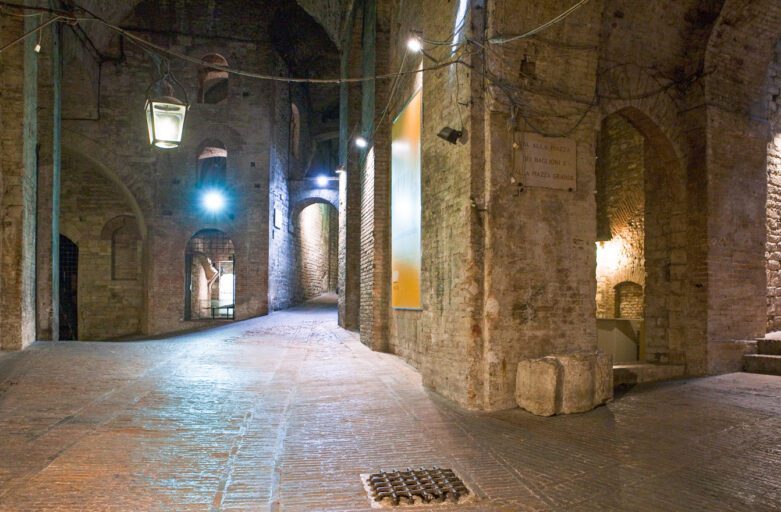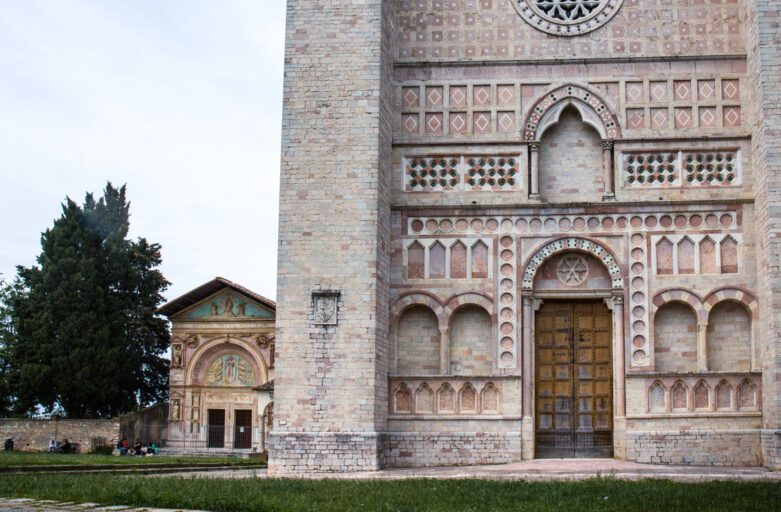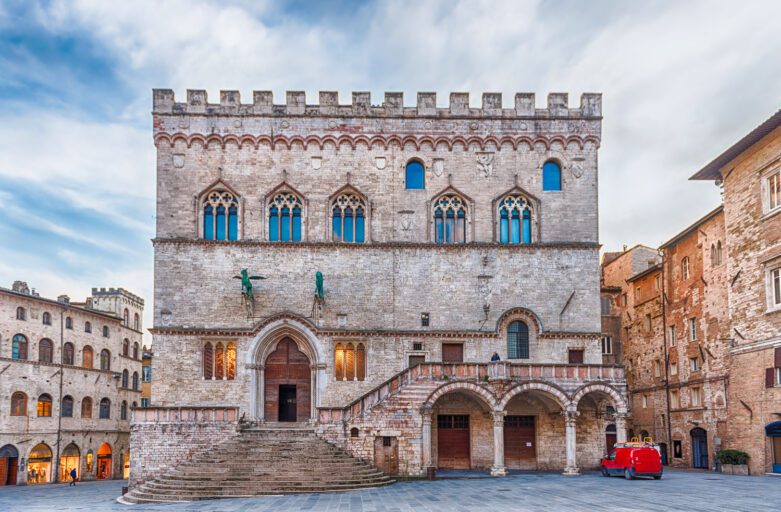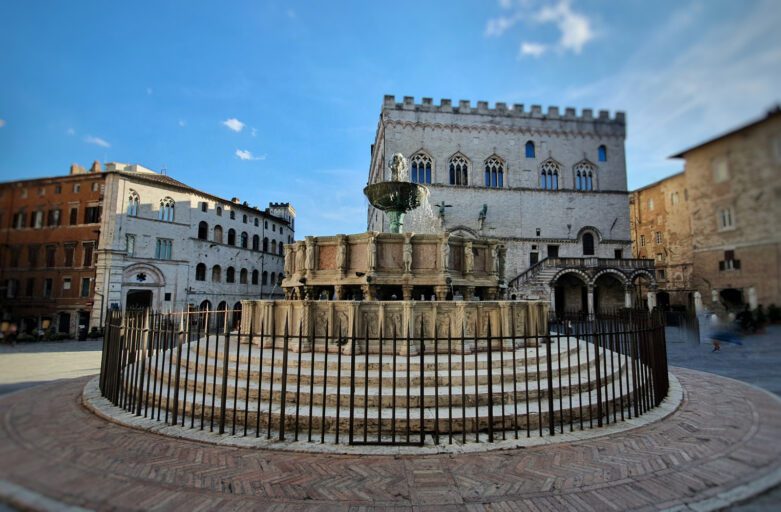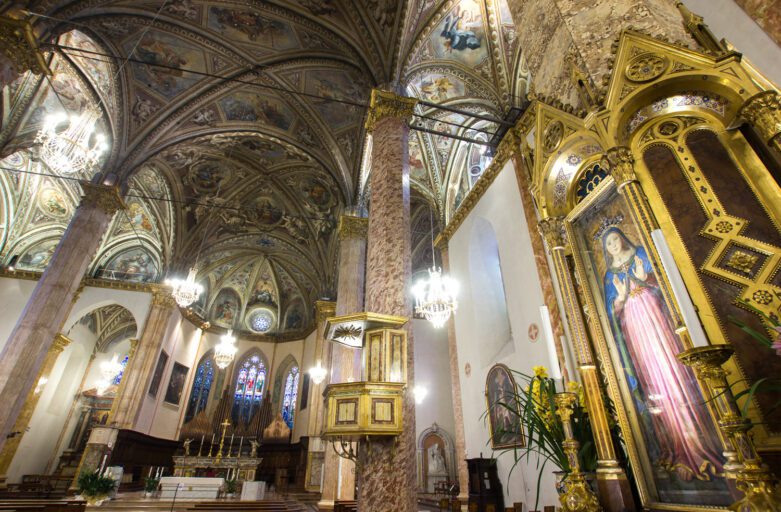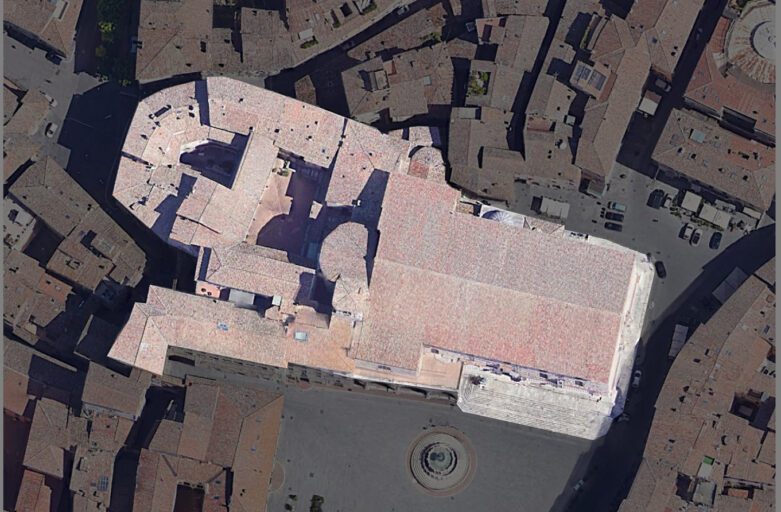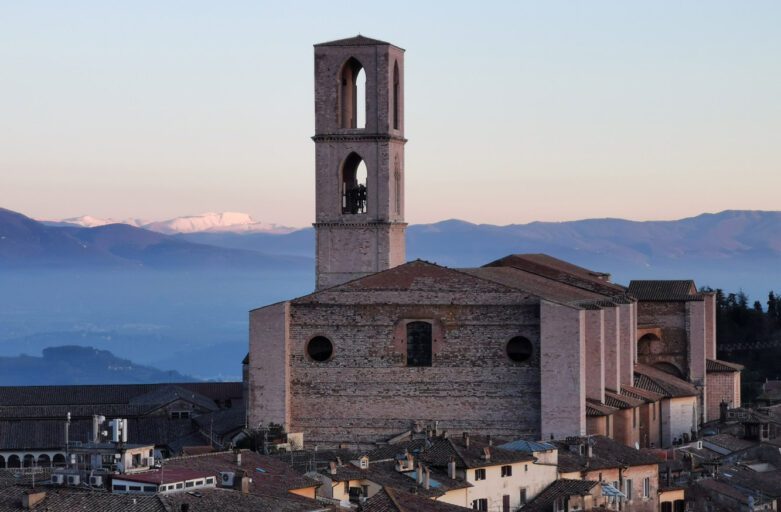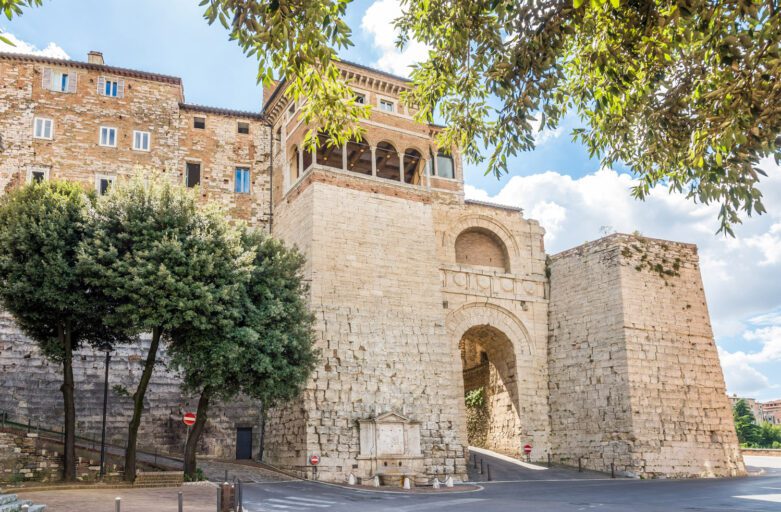Tag: Perugia
The Museo del Capitolo – Perugia
Discovering the Museo del Capitolo
The very special setting of the Museo del Capitolo (Chapter Museum), embedded in the Saint Lawrence “Island” makes it a place worth discovering together with the many artifacts it houses. It would be possible to draft a story about each of those objects, from paintings to manuscripts – so, let us listen to what Time has to tell.
The “opistograph” altarpiece of Monteripido; i.e., Perugino’s two-faced painting in the National Gallery of Umbria
The “opistograph” altarpiece of Monteripido; i.e., Perugino’s two-faced painting in the National Gallery of Umbria The “Monteripido opistograph altarpiece” was painted by Perugino between 1502
The “Standard of Justice” in the National Gallery of Umbria
The “Standard of Justice” in the National Gallery of Umbria The Standard of Justice was painted by Perugino in 1496 or so, commissioned by the
Perugino´s “Our Lady of Graces” in Saint Lawrence´s Cathedral
Perugino´s “Our Lady of Graces” in Saint Lawrence´s Cathedral Our Lady of Graces in Saint Lawrence´s Cathedral, Perugia, belongs to Perugino´s wall paintings. It can
Tezi Altarpiece
From Perugino’s works in the National Gallery of Umbria The Tezi Altarpiece was painted by Perugino in the heyday of his career. It shows a
The Adoration of the Magi – National Gallery of Umbria
From Perugino’s masterpieces in the National Gallery of Umbria: The Adoration of the Magi The Adoration of the Magi (or Three Wise Men) is a
Lady of Graces
Our Lady of Graces in Saint Agnes’ Monastery In Perugia, in Saint Agnes’ Monastery, Perugino painted Our Lady of Graces with Saint Anthony Abbot (left)
Chocolate in Perugia
A Modern Tradition
Perugia only made friends with Chocolate in relatively recent times, but it is a story worth telling as it lets us see how one person – and, often unconsciously – can start a process destined to change the lives of many people, even a whole geographic area. In this case, it was not some foreign Lord of old (as it happened in other areas where food until then unknown was imported), or trades with exotic countries, what made Perugia “the town of chocolate.” The cause of this new tradition was simply one person with her own genius and passions – Luisa Spagnoli.
Perugia Underground – The Archaeological Area
Time Machine
The Archaeological Area, at the very core of the so-called Saint Lawrence “Island”, will give you the joy of a discovery trip throughout the centuries. Quite unknown to the local people themselves, these places are hidden inside the hill on which Perugia is built. By entering them, it will become clear how, starting from the Etruscans and via the Romans, then the Papal residence, the town acquired its current shape. Going from the cloister of the cathedral down into the archaeological area can be likened to a time machine that synchronizes its clock with ours more and more as we cross the centuries toward the surface.
Saint Peter’s Abbey
Saint Peter’s Abbey in “Borgo Bello”
The way that starts from the Church of Saint Ercolano, and that in past times led directly to Rome, ends in Borgo Bello, the “Beautiful Suburb,” an area that developed thanks to the Benedictine abbey dedicated to Saint Peter.
As soon as you pass one of the monumental town gates, designed by Agostino di Duccio (1418 – ca 1481), you will notice the geometrical shape of Saint Peter’s belfry, with a sharp steeple that overlooks the low houses in the quarter. That belfry is one of Perugia’s symbols, along with the Etruscan Arch and the Great Fountain.
The complex currently includes – beside Saint Peter’s Church – the department of Agriculture of the Perugia University, and a Medieval-like botanical garden.
The Rocca Paolina – Perugia
The Intriguing Story of a Fortress
In Perugia’s old town center, at the southern end of Corso Vannucci (Main Street) there is an area with flowerbeds, benches, and fountains, where the Palace of Perugia’s Province and the equestrian monument to the first king of united Italy, Vittorio Emanuele II (1820-1878), also rise. This is where a group of buildings existed, called Rocca Paolina: a fortress built by decision of Pope Paul III in the mid-16th century.
San Francesco al Prato, San Bernardino (Churches)
Perugia e San Bernardino
Telling about the beauty of Saint Francis Square, we cannot but start by mentioning Saint Bernardine of Siena, a friar from that town in Tuscany, who had frequent, influential contacts with Perugia – see below.
The Palace of Priors
A Town Symbol
The Palace of Priors is undoubtedly one of the most important buildings in Perugia, beside being a masterpiece in Gothic style. Its structure develops partly along Main Street (Corso Vannucci) in the old town center, and has its acme in the façade facing the main square, Piazza IV Novembre.
The square, one of the most beautiful in Italy, is marked by the strong polar opposition between the civil side of the town, precisely the Palace of Priors, and the religious side, i.e. the buildings in the so-called Saint Lawrence “Island,” in a Medieval atmosphere enlivened by the water springing from the Great Fountain.
A Fountain for an Aqueduct
The Fontana Maggiore, a gem of Gothic sculpture
The Fontana Maggiore (Great Fountain) is the sculptural symbol of Perugia. It was built in 1278 to celebrate the completion of a long aqueduct that, by taking cleverly advantage of the principle of communicating vessels, could even conduct water uphill on Perugia’s hills. The fountain, surely among the oldest and most beautiful in Italy, is in fact considered a masterpiece of Gothic sculpture.
The Cathedral of Saint Lawrence
A Cathedral to Welcome Them All
The current Cathedral of Saint Lawrence replaced an older church, a Romanesque church, that therefore must have been built in the 12th century. In March 1300, the Communal authorities in a plenary session – after ascertaining that the size of the Romanesque cathedral did no longer fit the needs of Perugia, then in a phase of expansion – decided to start a new building from zero: a bigger one, and in the same place as the older. The architect chosen for this new, important public enterprise was Fra (Brother) Bevignate, a Benedictine monk of the Order of Saint Sylvester. He was also entrusted with some of the most meaningful monuments of Medieval Umbria, such as the Great Fountain and the aqueduct in Perugia, and the Orvieto Cathedral
The Saint Lawrence “Island” – Perugia
The Saint Lawrence “Island”: the ancient district, heart of Perugia since Etruscans. It includes Perugia Underground, the Chapter Museum and the Cathedral.
The Old Town Center – Perugia
Perugia, the Old Town center: past to present along Corso Vannucci and the alleys of this beautiful town center with a Medieval charm.
The Etruscan Arch, the Town Walls
Perugia and Its Etruscan Walls
Perugia was one of the main Etruscan towns. Its external walls, dating back to the third century BC (with some older, fourth century parts), still witness the importance the town had acquired. The whole perimeter is some three kilometers (1.5 miles) long; many sections remain visible, while others have been incorporated within later buildings. The Etruscan walls follow the ups and downs of the soil. In the lower areas they fold inwards, so that the overall shape recalls a clover
